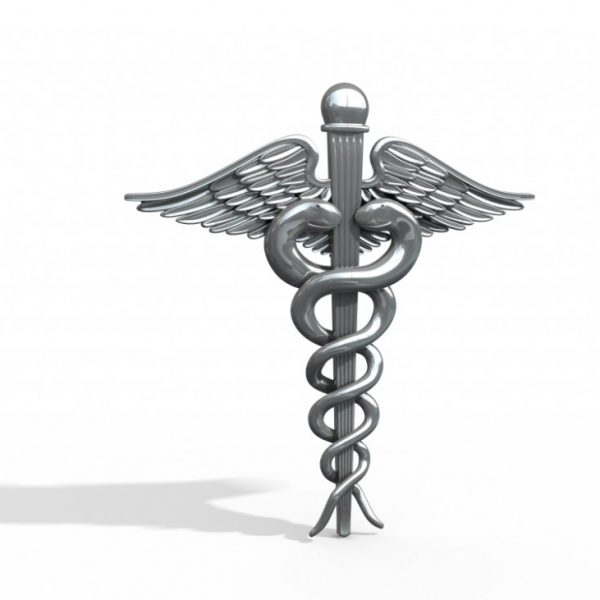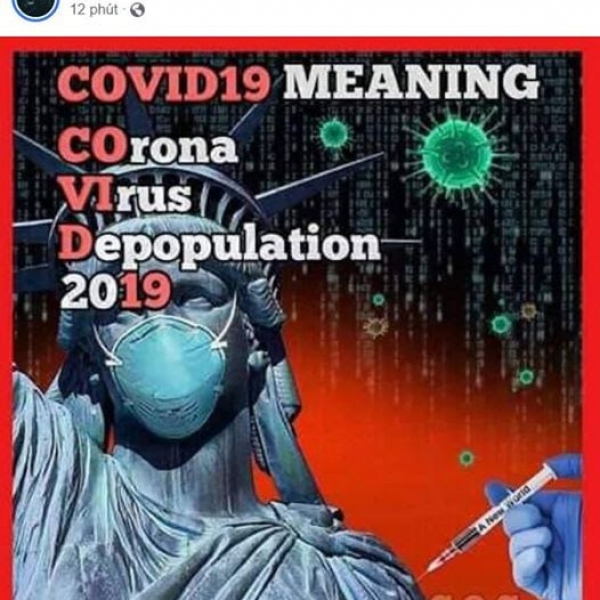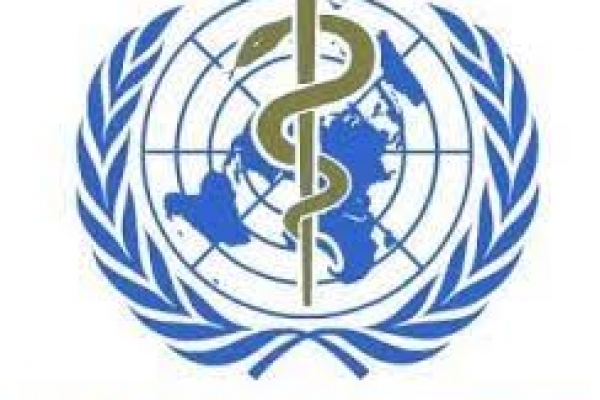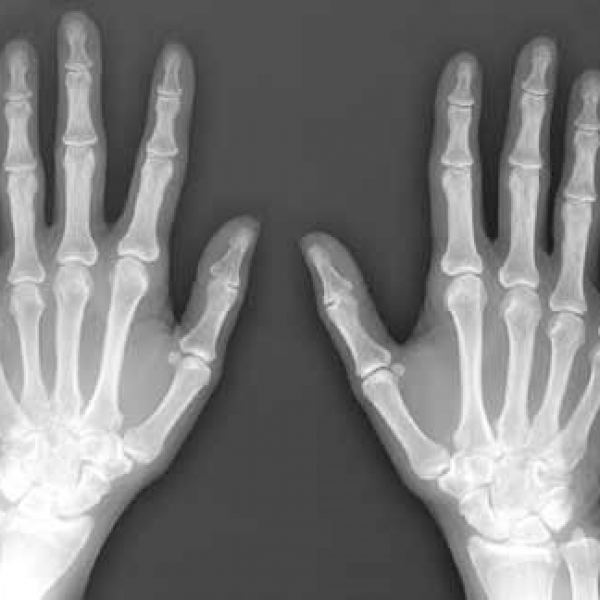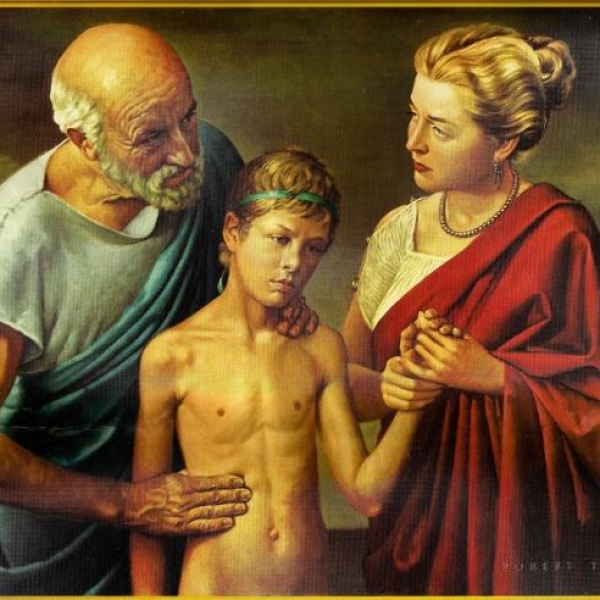Contact Admission
International Collaboration
Free radicals, aging and disease
According to scientists, humans can live up to 140 years, but in reality people have never reached such a longevity.
In the human body, unstable molecular fragments called free radicals are produced frequently. These radicals damage cells, tissues, and organs of the body, and clog arteries, develop diseases like cancer, Alzheimer's and hundreds of other diseases that cause the body to age rapidly and die.
The cause of aging is explained by many different theories: genetic theory, free radical theory, genetic mutation ... Scientists have discovered that one of the main causes of cell aging is the produces free radicals. The invasion of toxins from the environment, waste stored in the body due to the metabolic process will poison cells and make people old. Free radical accumulation is a hallmark of molecular aging.
So what is free radicals?
Free radicals are atoms or molecules with the outermost orbital layer containing a single electron (electron) (the total number of electrons of the free radical is an odd number). Therefore, free radicals have a very high oxidation capacity. In modern life, our bodies are often exposed to natural and artificial toxins such as: emissions, radiation, pesticides, heavy metals, chemical preservatives ... Too much pressure, unhealthy excess diets, aggravates the natural process of free radicals. As a result, the amount of free radicals is abnormally high and the body's natural antioxidant barrier is out of control.
These free radicals will disrupt chemical reactions and chains in the body, destroy cell membranes, followed by damage such as: altering protein structure, inhibiting enzymes, replacing Hormonal changes, stimulates pathogens and leads to diseases: atherosclerosis, diabetes, complications, cancer ...
Since there is only one single electron, the free radical is always in an unstable state and always tries to take over the electrons of another atom. According to the researchers, free radicals damage cells in the following way: first of all, free radicals oxidize the cell membrane, hindering waste disposal and the reception of food, oxygen; then free radicals attack the mitochondria, disrupting energy supplies. Finally, by oxidation, free radicals weaken hormones, enzymes that prevent the body from growing.
According to scientists, free radicals can be the culprits causing up to 60 diseases, most notably: atherosclerosis, cancer, Alzheimer's, Parkinson's, cataracts, diabetes, high blood pressure. Unexplained pressure, cirrhosis. In the body there are many types of free radicals, the most dangerous radicals are superoxide, ozone, hydrogen peroxide, lipid peroxy, especially hydroxyl radical, a radical that reacts and causes many damage.
Where is free radicals born?
Living activities of each cell (cell respiration), stress (stress (nervous tension, psychological trauma ...), the impact of the environment (radiation, ultraviolet rays, radiation High quality, toxic substances caused by environmental pollution ...) are factors that produce free radicals.
Situations that cause free radicals:
1. Mental and physical stresses: overwork, anxiety, pressure, sadness, fear ...
2. Inappropriate eating: the proportion of fat is too high in the diet, causing dyslipidemia, excess energy, lack of vitamins B, PP, C, A, E, lack of essential amino acids, food without safe…
3. Conditions that interfere with life and physical activities: tissue hypoxia, burns, acute infections ...
4. Environment pollution, toxic substances, chemicals, radiation ...
5. Reduced status of Antioxydant reserves in cells: due to aging, lack of supply of antioxydant through food.
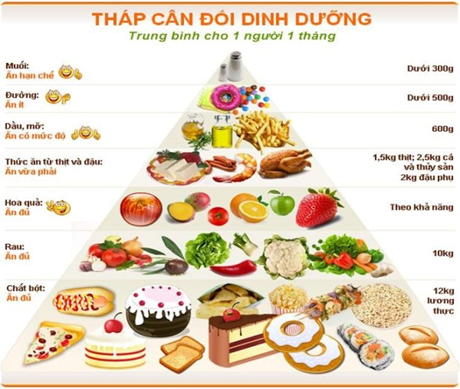
How to fight free radicals?
Science has proven that neutralizing free radicals and restoring damaged cells with antioxidants boosts the immune system, prevents disease and slows down the aging process.
Antioxidants are able to release electrons that "donate" these electrons to free radicals, neutralizing their oxidative capacity and preventing them from attacking healthy cells. In order to protect itself, the body produces its own essential antioxidant mechanisms, but they become less effective with age.
The common antioxidants include: vitamins C and E, Betacarotene and Selenium ... found in vegetables.
Vitamin C: plays a big role in increasing the body's resistance, assisting with absorption of iron from meals, and contributing to the prevention of iron deficiency anemia. More importantly, vitamin C works against free radicals, fighting stress.
Vitamin E: found in cereals, vegetable oils, green vegetables, fruits, animal liver, egg yolks.
Betacarotene: vitamin A precursor found in yellow, red fruits and in dark green vegetables.
Selenium: is an essential trace element of living cells, an indispensable element of immune factor against free radicals and other biological roles. Selenium is found in legumes, coffee, mushrooms, in the liver and skin of fish, especially tuna. Fish liver, fish oil, fish fat are very high in selenium.
As such, it is undeniable that free radicals are the main cause of aging in the body, as well as during the formation and development of a variety of degenerative diseases, especially when you start to turn 40 onwards. A daily supply of enough antioxidants is a must for each of us.
In order to maintain health, fight aging and disease, we must apply a comprehensive range of measures. In which, the basic measures to fight aging and prevent diseases are:
1. Spirit: always optimistic love life, proactively dismissing things affecting the brain, minimizing stress.
2. Regularly practice intellect and fitness regularly: constantly move the brain, exercise physically, exercise regularly.
3. Moderate activities: do nothing too normal, maintain a balance between sleep, rest and work, limit staying up late, alcohol, and tobacco. Get enough sleep (7- 8 hours / day).
4. Reasonable nutrition: eat a lot of fresh fruits and vegetables, drink plenty of water, limit sugar, salt, and meat (according to the nutrition pyramid of the Ministry of Health).
5. Need to have a good natural living environment: the majority of people who live 100 years or older are in mountainous and rural areas.
Source: Central Health Communication Center
Other news
- Home AEDs: High Life-Saving Effectiveness, but Not Cost-Effective at Current Prices ( 14:12 - 18/12/2025 )
- Artificial Intelligence and Pediatric Care ( 08:27 - 16/12/2025 )
- Applying Clinical Licensing Principles to Artificial Intelligence ( 09:36 - 08/12/2025 )
- U.S. Approves Targeted Lung Cancer Therapy Datroway ( 08:43 - 25/06/2025 )
- Therapeutic potential and mechanisms of mesenchymal stem cell-derived exosomes as bioactive materials in tendon–bone healing ( 08:38 - 23/11/2023 )
- Symbol of medicine ( 19:38 - 19/09/2021 )
- The history of the development of medicine worldwide and in Vietnam ( 18:58 - 19/09/2021 )
- Pharmacology in mind ( 08:42 - 04/02/2021 )
- Nitric Oxide and other medical contributions over 2 decades ( 08:19 - 11/12/2020 )
- Scientists Create First Full-Size 3D Printed Human Heart Model ( 09:32 - 10/12/2020 )






